Modern Pharmacovigilance: Are Pharma Companies in Control of Their Processes?
A recent survey found that sponsors do not have the required metrics to properly assess their operational activities related to drug safety reporting. Applying capture technology is one way to better measure these processes and ensure consistent data quality for medical evaluation.
If an average of 41% of total adverse reports received by pharma companies arrives by email, providing a one-way only feed of information, requiring manual review and requests for iterative follow-up, can we really be surprised by the regulators’ complaints on the lack of accuracy and completeness in the data submitted to them?
The research team at
Cutting Edge
recently invited my team to participate in a discussion around current practices in drug safety and our thoughts about the future of modern pharmacovigilance, as part of their research activities for their upcoming Drug Safety report. As they complete their final report edits, they shared some of their preliminary data findings from their recent industry survey with me, and frankly I’m stunned. Despite PV regulations applying a universal framework, the data show a complete lack of industry standardization in how data is collected, processed and analyzed. It seems that companies are still using dated technologies to collect information in a rather passive manner, rather than providing interactive digital tools for reporters or intermediaries to use directly. Despite ‘Patient Engagement’ being one of the current industry fads, the evidence from this survey shows a remarkable disconnect from the rhetoric of pharma leadership, with only 15% to 20% of solicited reports and 2% to 10% of unsolicited reports coming from patients themselves. It is also clear from the data that pharma companies do not have the required metrics to assess their operational activities. The orders of magnitude in the variability in the data likely indicate inconsistent processes, but also inconsistency in the measurement of processes. Application of intelligent technology is a sure way to address consistency and track the performance of PV systems globally. Not only does this address cost, but more importantly ensures consistent data quality for medical evaluation and assures regulators of a robust pharmacovigilance system.
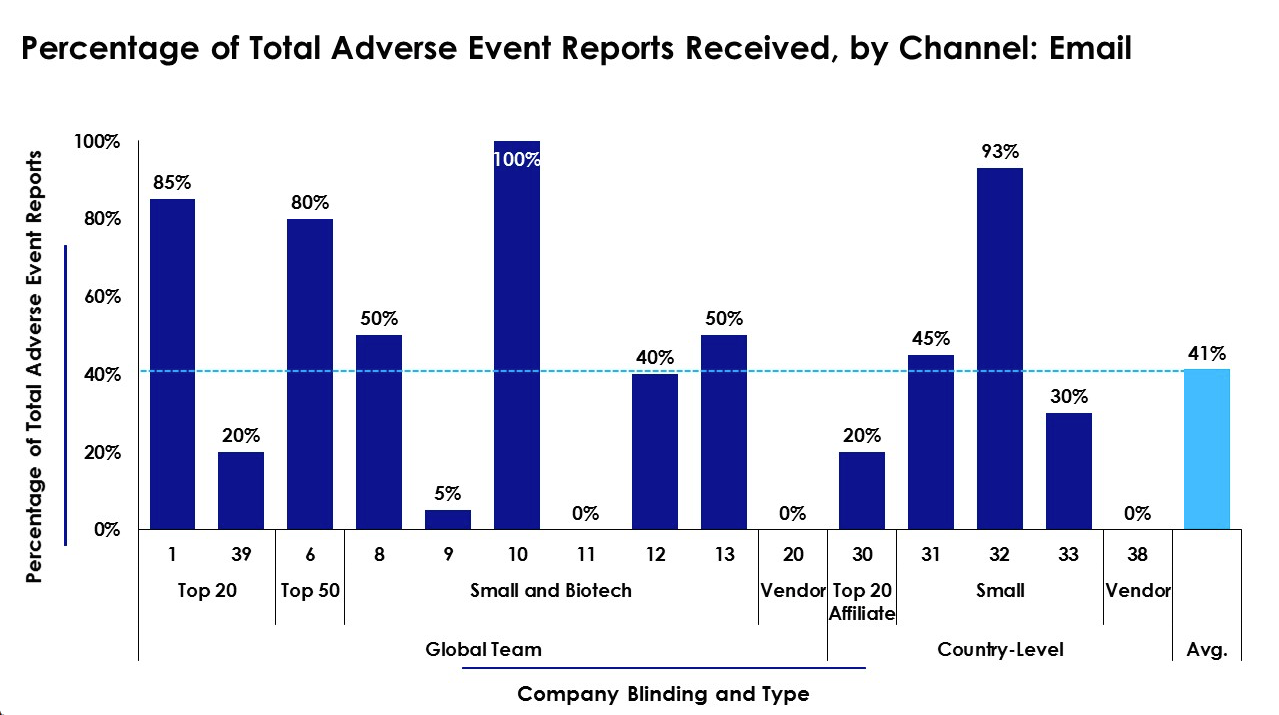
So much of the clinical evidence required to gain greater understanding of the medical context around safety reports often requires additional questioning or further tests to be undertaken at the time of reporting, rather than hours, days and sometimes weeks afterwards, using these traditional processes. This lack of evidence often leads to the data gaps identified in recent regulatory body reports and gaps in our knowledge of a medicine’s benefit-risk profile. Consequently, “limited AE details may limit the valuable product insights that AERs and SAEs are able to provide,” says Sarah Ray, Senior Research Analyst at Cutting Edge Information. “Without ample information, companies may struggle to confidently measure the causality between their products and the adverse outcomes that patients experience.”
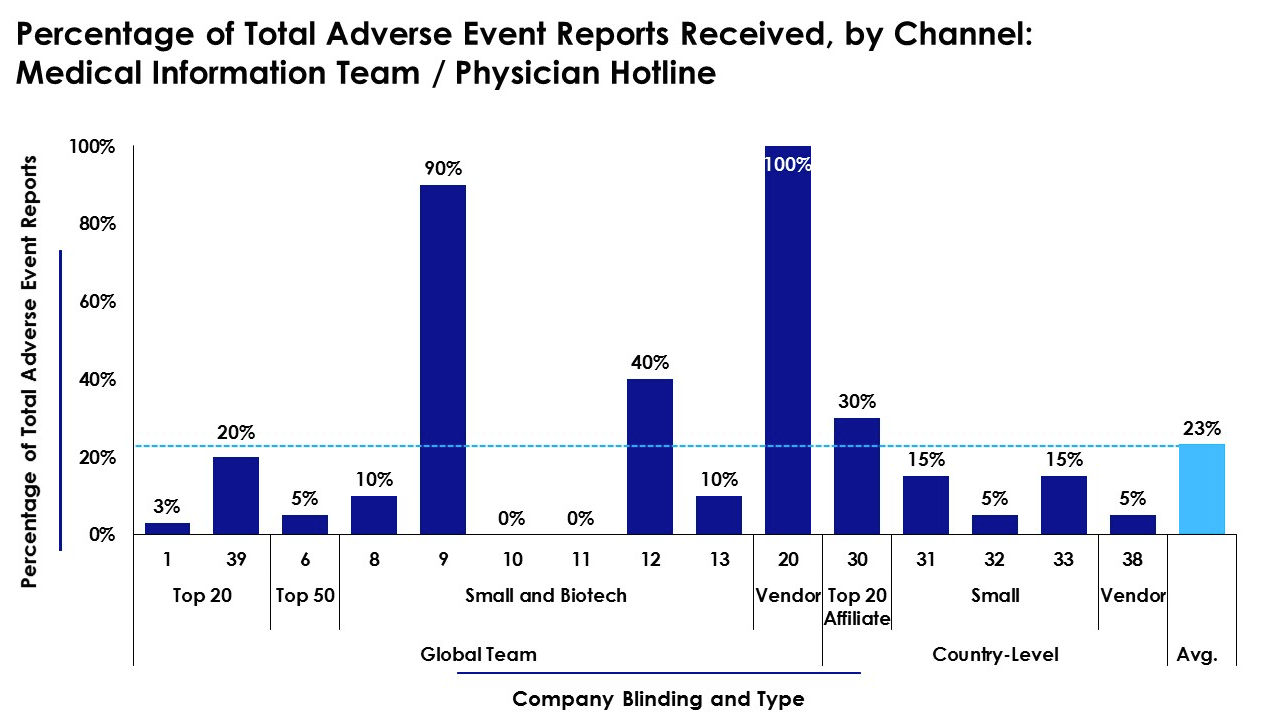
Only an average of 23% of adverse event reports are submitted via a medical information or physician hotline, where you would expect more detailed questioning based on the initial information provided. However, the distribution in the data itself is informative reflecting the divide between companies that make this easy and user-friendly, versus those that miss the mark and see almost no reports through this route. And while social media is often portrayed as the possible answer to all pharmacovigilance problems, only a paltry average of 2% of AERs are received this way. Social media may provide access to large volumes of data, but it comes with challenges concerning the veracity of the reporter and tremendous biases given ‘liking,’ ‘re-posting’ and ‘sharing’ etc. Companies should focus on making it simple, safe and secure for those who use social media to report issues with their medicines. Placing capture technology into the forefront of both physical and digital marketing materials can only further facilitate the provision of better information on product safety from the social media communities.

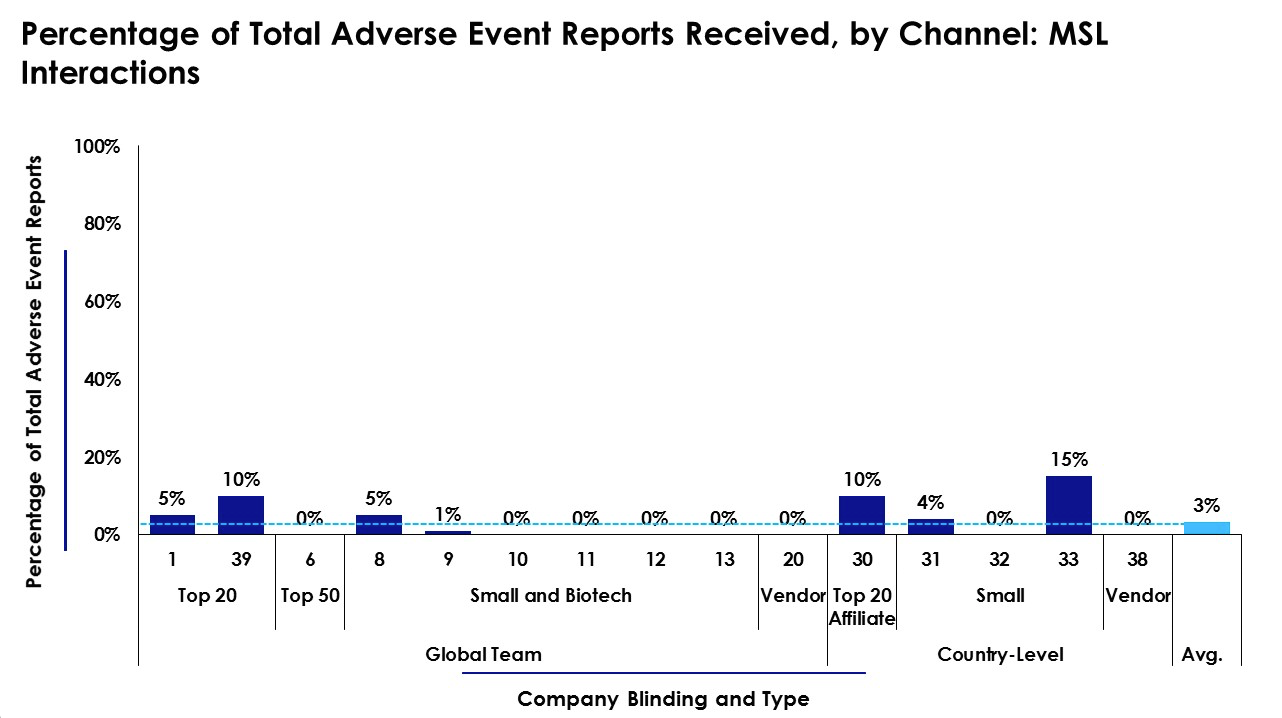
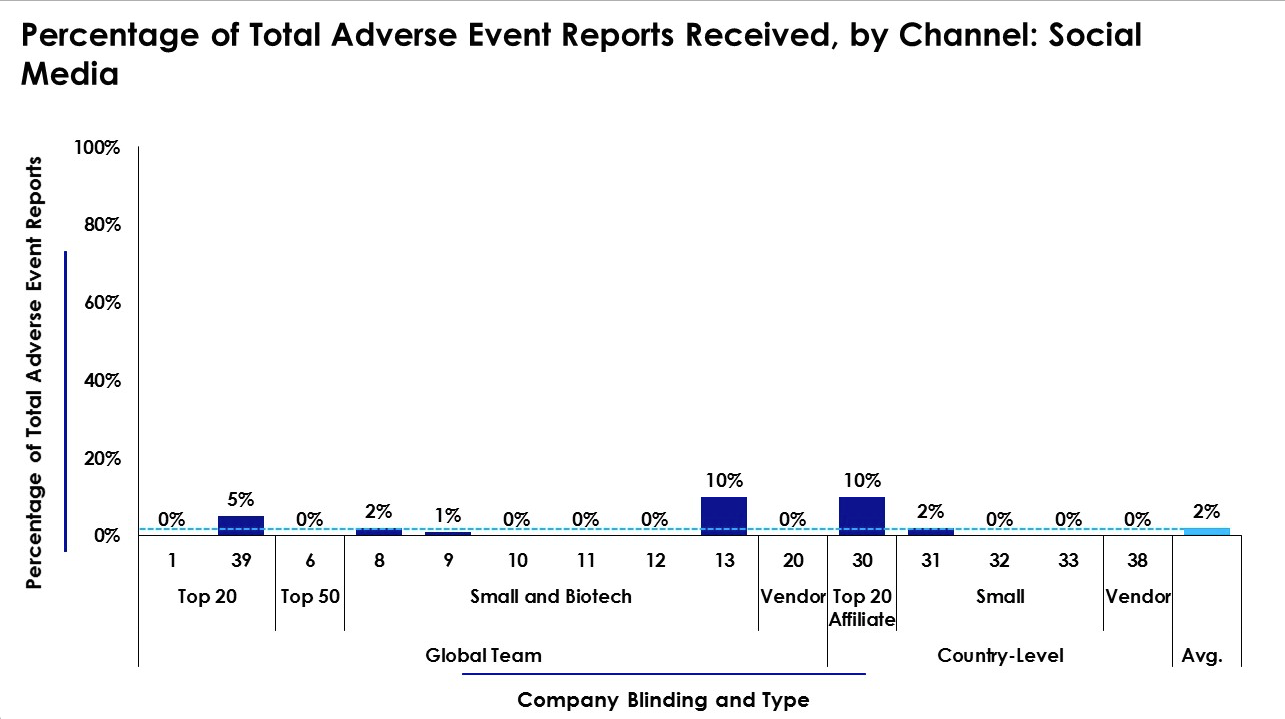
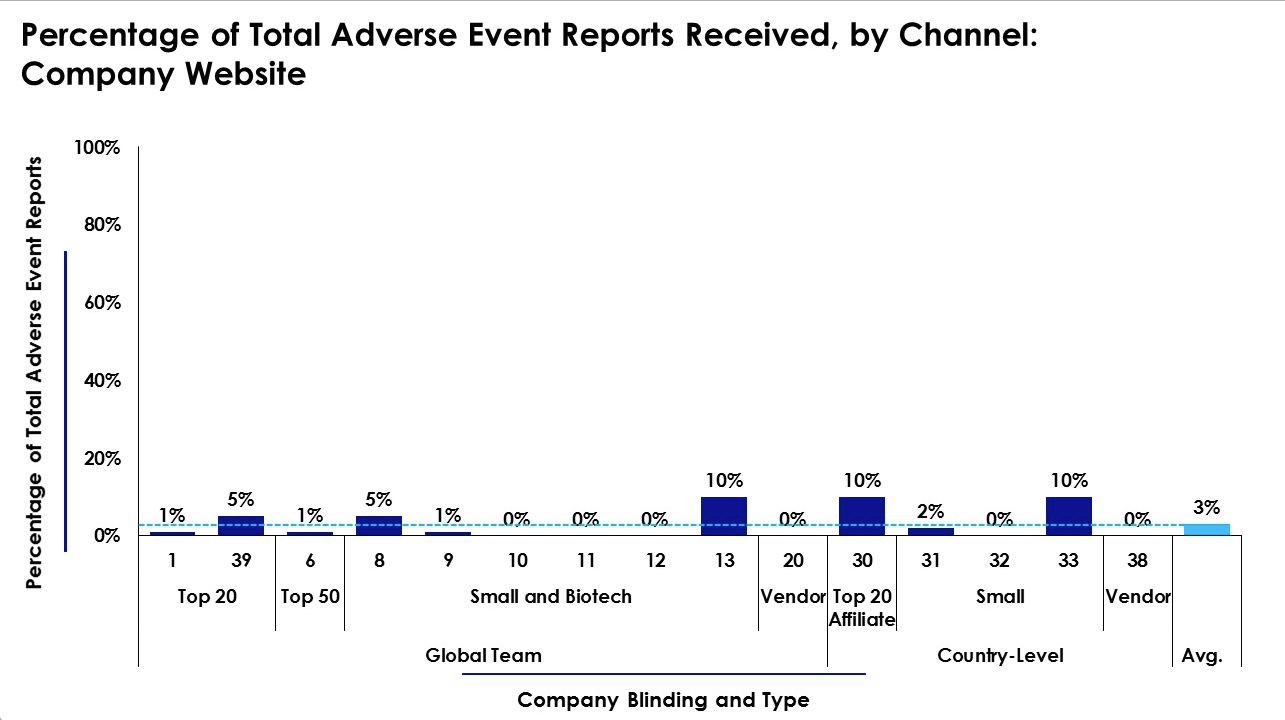
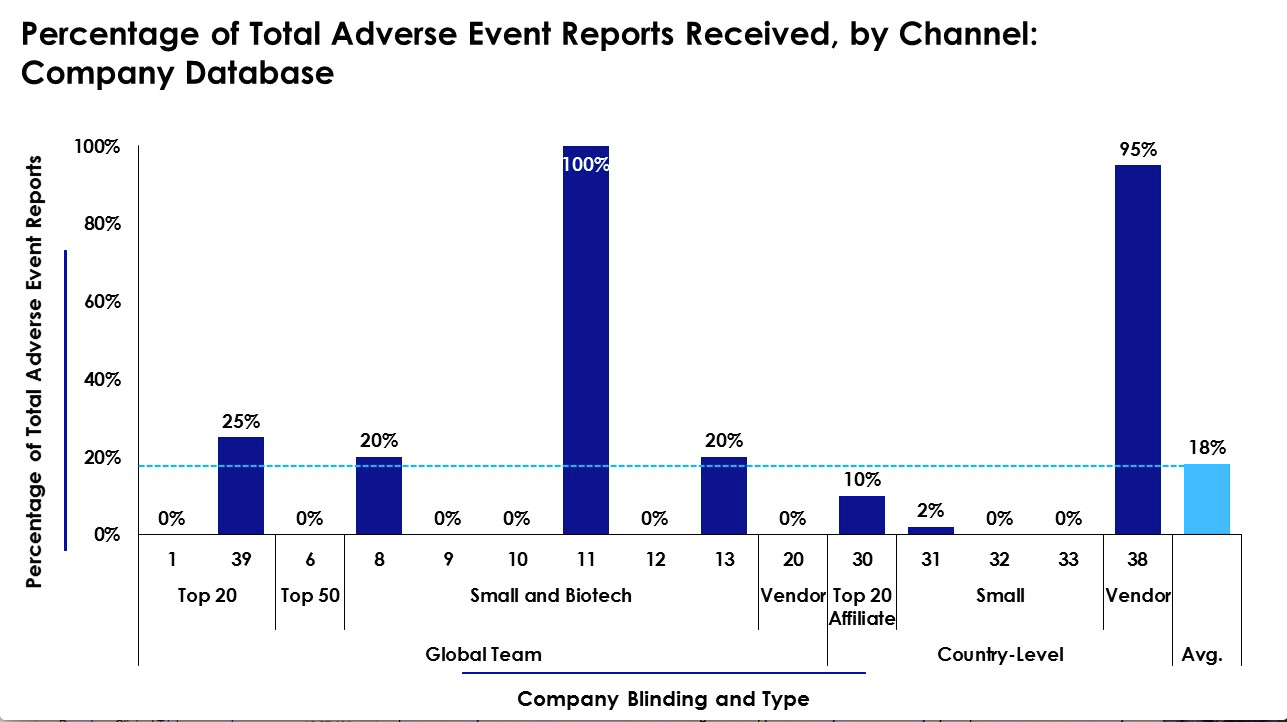

Dr. Andrew Rut is the CEO and founder of
MyMeds&Me